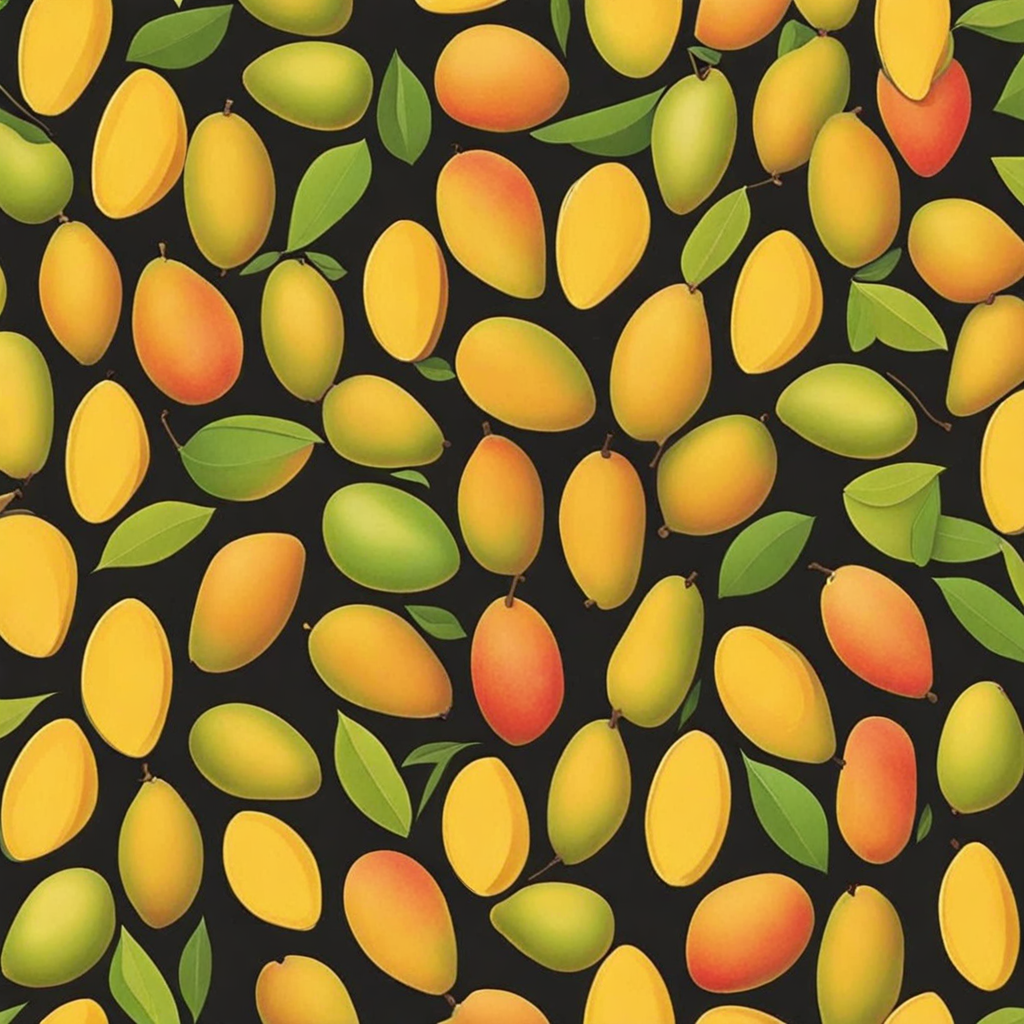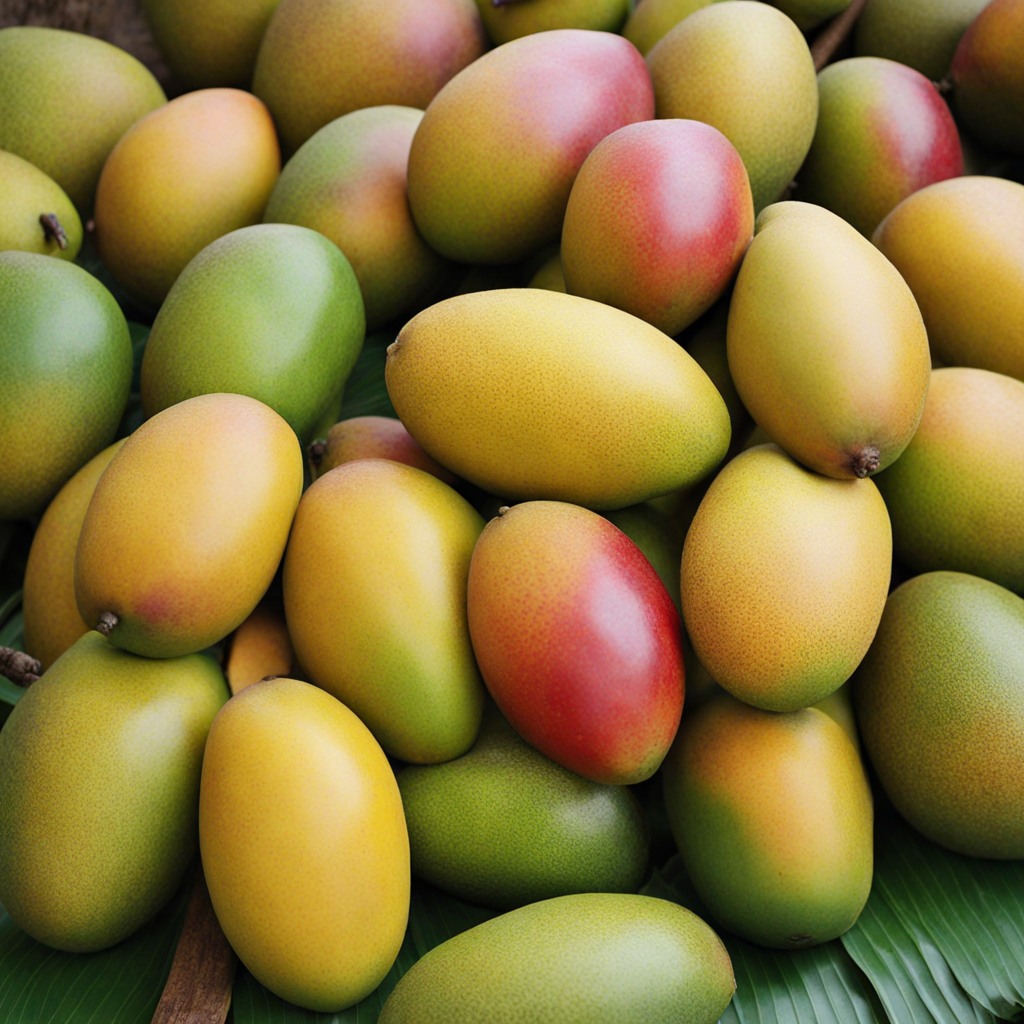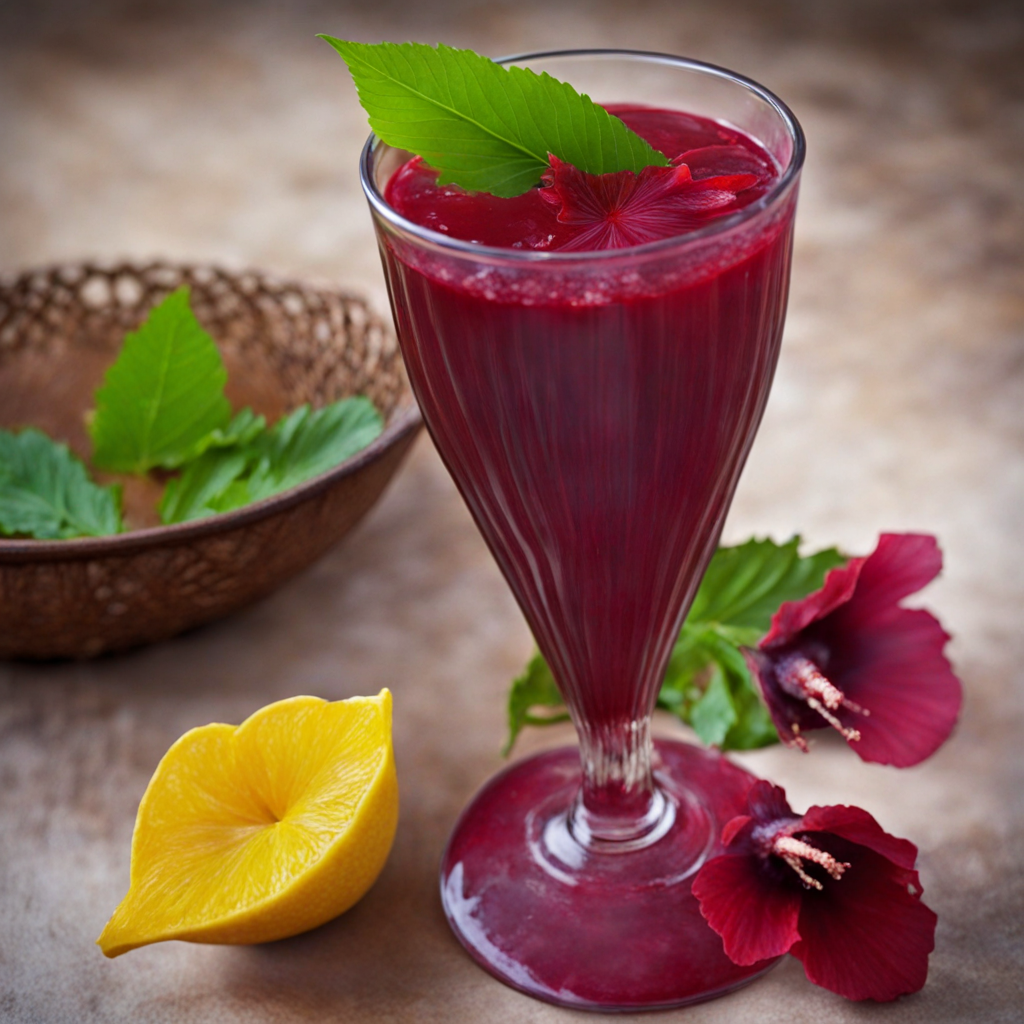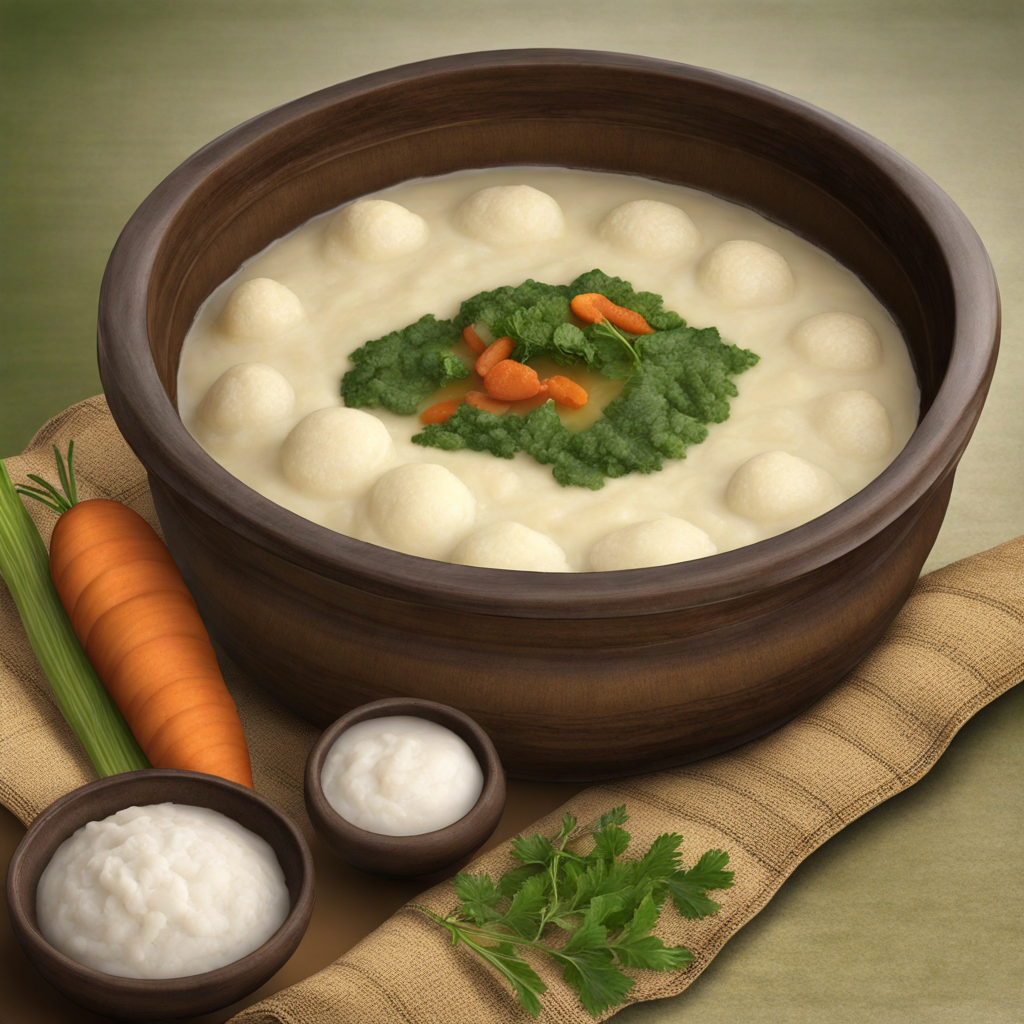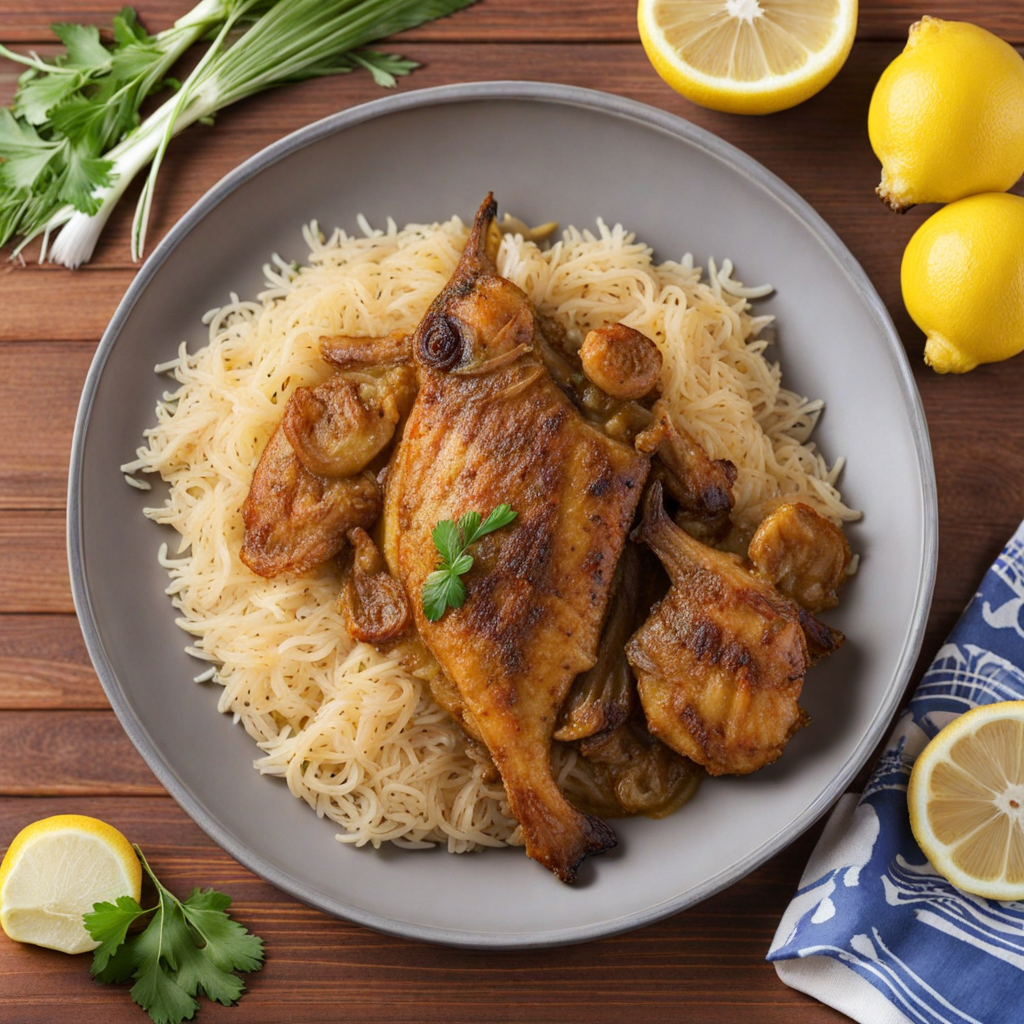Mangoes
Mangues, a traditional dish from Mali, is a vibrant and flavorful representation of West African cuisine, known for its rich cultural heritage and diverse ingredients. The dish primarily features mangoes, which are not only a staple fruit in the region but also symbolize the abundance of the Malian landscape. The use of fresh mangoes in Mangues showcases the country's agricultural bounty, particularly during the mango season, when the fruit is at its peak ripeness and sweetness. Historically, mangoes were introduced to West Africa through trade routes, likely from India, where they have been cultivated for thousands of years. Over time, the fruit adapted to the local climate and became ingrained in the culinary practices of various West African countries, including Mali. Mangues is often prepared during festive occasions or family gatherings, reflecting the communal nature of food in Malian culture. The dish not only serves as a delicious treat but also as a means of bringing people together, reinforcing social bonds and cultural traditions. The flavor of Mangues is a delightful balance of sweetness and acidity, providing a refreshing contrast that is particularly appreciated in the warm Malian climate. The ripe mangoes lend a luscious and juicy quality, while additional ingredients introduce layers of complexity. Spices such as ginger, cinnamon, and sometimes chili peppers may be added, contributing warmth and a hint of spice. The dish can also incorporate elements like nuts or seeds for added texture, making Mangues a multi-dimensional experience for the palate. Preparation of Mangues is relatively straightforward,
How It Became This Dish
The History of Mangues in Mali #### Origin and Early Cultivation The mango, known as "mangue" in Mali, has a rich history that intertwines with the cultural and agricultural traditions of West Africa. While its origins can be traced back to South Asia, particularly India, where it has been cultivated for over 4,000 years, the mango found its way to the African continent through various trade routes and cultural exchanges. By the time it reached Mali, the mango had already begun to adapt to different climates and soils, establishing itself as a beloved fruit in the region. Mali, with its diverse landscapes ranging from savannahs to riverine valleys, provided an ideal environment for mango cultivation. The fruit thrives in tropical and subtropical climates, which are prevalent in the southern regions of the country. Historical accounts suggest that mangoes were brought to Mali by traders and travelers who recognized the fruit's potential and nutritional value. Over time, local farmers began to cultivate various indigenous varieties, leading to the development of a rich mango culture unique to the region. #### Cultural Significance In Mali, mangues are more than just a fruit; they are a symbol of community, hospitality, and celebration. The mango season, which typically peaks between April and September, is eagerly anticipated by families and communities alike. During this time, markets bustle with vendors selling ripe mangoes, and families gather to enjoy the sweet, juicy fruit together. The act of sharing mangoes is often associated with hospitality, a key component of Malian culture, where offering food and drink to guests is a sign of respect and warmth. Moreover, mangoes hold a significant place in traditional ceremonies and festivals. They are often featured in celebrations such as weddings, harvest festivals, and religious observances. The fruit's vibrant colors and sweet flavor evoke joy and festivity, making it a natural centerpiece for gatherings. In some regions, specific varieties of mangoes are reserved for special occasions, further enhancing their cultural significance. Mangoes also play a role in the local economy. Mali's mango production has grown over the years, becoming a vital source of income for many farmers. The fruit is not only consumed locally but is also exported to international markets, where it has gained popularity. This economic aspect has led to the cultivation of more commercial varieties, creating a balance between traditional practices and modern agricultural techniques. #### Development Over Time The development of mango cultivation in Mali has seen various phases, influenced by agricultural practices, market demands, and environmental changes. Traditionally, mango trees were planted in home gardens, where they coexisted with other crops. This agroforestry approach promoted biodiversity and sustainability, allowing farmers to benefit from multiple sources of food and income. As demand for mangoes increased, particularly in urban areas and international markets, Malian farmers began to adopt more systematic approaches to cultivation. This shift included the introduction of improved agricultural techniques, such as grafting, which allows for the propagation of superior mango varieties. Farmers learned to select and graft desirable traits, resulting in mangoes that are sweeter, larger, and more visually appealing. The introduction of irrigation systems has also played a crucial role in the expansion of mango cultivation. In regions where water scarcity is a challenge, controlled irrigation has enabled farmers to grow mangoes year-round, ensuring a steady supply to both local and export markets. This shift has transformed mango farming from a seasonal activity to an important agricultural enterprise. However, the development of mango cultivation has not been without challenges. Climate change poses significant threats to agriculture in Mali, affecting rainfall patterns and increasing temperatures. Farmers have had to adapt by implementing more resilient farming practices, including crop rotation and organic farming techniques. Additionally, the rise of pests and diseases has prompted the need for improved pest management strategies, which have been crucial in maintaining the health of mango orchards. #### Mango Varieties and Culinary Uses Mali is home to several mango varieties, each with distinct flavors, textures, and uses. Some of the most popular varieties include the "Amelie," known for its sweet taste and smooth texture, and the "Kent," which is favored for its juiciness and vibrant color. Local farmers often have their preferred varieties, passed down through generations, which they cultivate based on local tastes and market demands. Culinary uses of mango in Mali are diverse and reflect the country's rich culinary heritage. Fresh mango is commonly eaten as a snack or dessert, often enjoyed with a sprinkle of salt or chili for added flavor. Additionally, mangoes are used in various traditional dishes, such as salads, sauces, and even stews. Dried mango is also a popular snack, providing a sweet treat that can be enjoyed year-round. In recent years, the global culinary scene has embraced mangoes, leading to innovative recipes that incorporate this fruit in both traditional and modern dishes. Chefs in Mali are experimenting with mango in fusion cuisines, combining it with local staples like rice, couscous, and fish, creating unique flavor profiles that highlight the fruit’s versatility. #### Conclusion The history of mangues in Mali is a testament to the fruit's ability to adapt and thrive within different cultural contexts. From its origins in South Asia to its establishment as a cherished component of Malian life, the mango has woven itself into the fabric of the nation's agricultural, economic, and social landscapes. As Mali continues to navigate the challenges of modern agriculture and climate change, the mango remains a symbol of resilience and community, embodying the rich cultural heritage of this West African nation. The future of mangues in Mali looks promising, as farmers and communities work together to preserve traditional practices while embracing innovation, ensuring that this beloved fruit continues to flourish for generations to come.
You may like
Discover local flavors from Mali


